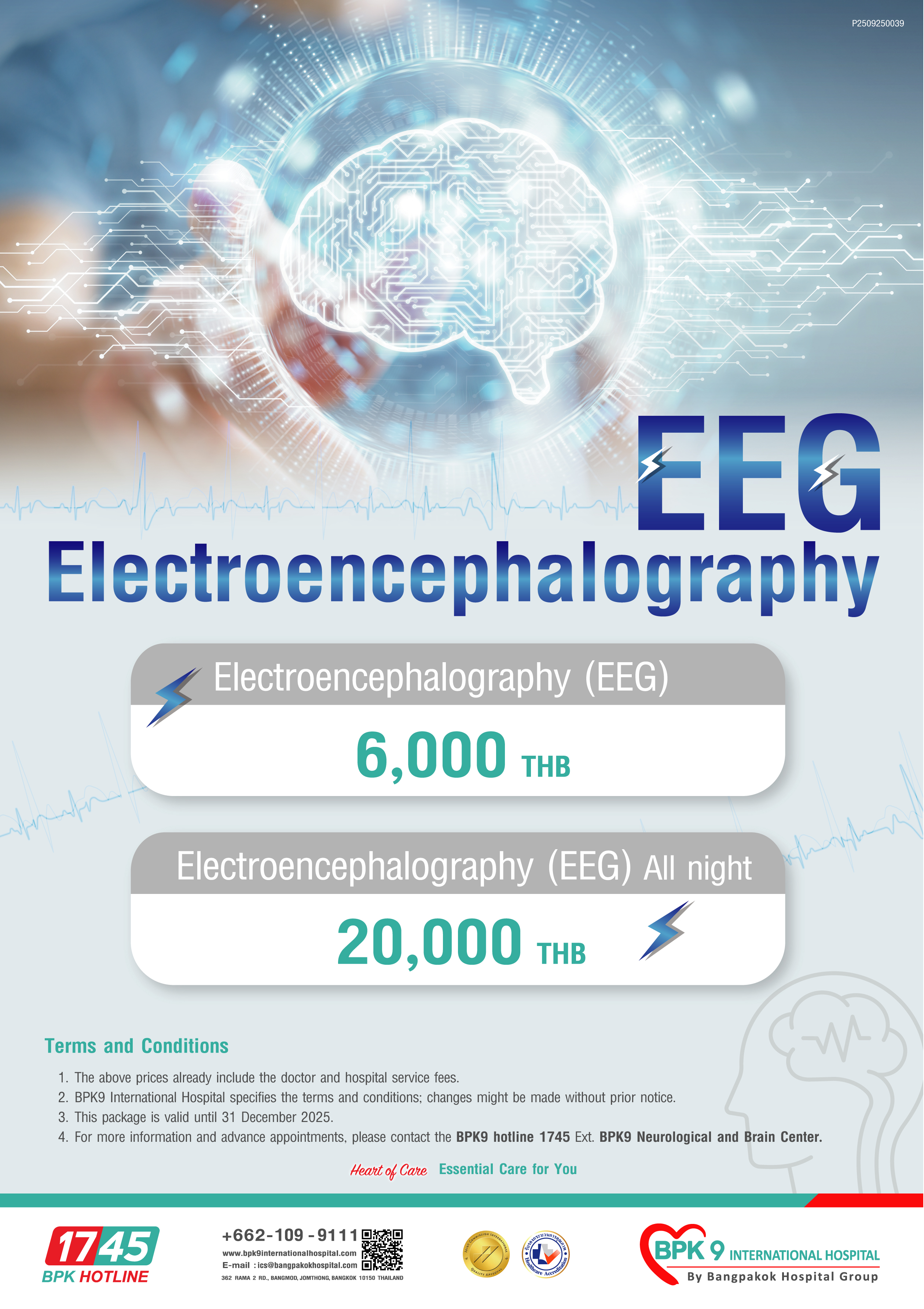Electroencephalogram (EEG)
 Electroencephalogram (EEG): Unlocking the Mysteries of the Brain
Electroencephalogram (EEG): Unlocking the Mysteries of the Brain
The human brain is a fascinating and complex organ, responsible for every thought, emotion, and action we experience. Understanding its intricate workings has been a challenge for scientists and medical professionals alike. One of the most powerful tools in studying brain activity is the electroencephalogram (EEG)—a non-invasive technique that records electrical activity in the brain.
What is an EEG?
An electroencephalogram (EEG) is a diagnostic test used to measure electrical patterns in the brain. It involves placing small metal electrodes on the scalp, which detect electrical signals generated by neurons. These signals are then amplified and displayed as wave patterns on a computer screen, allowing neurologists to analyze brain activity. EEG is commonly used to diagnose conditions such as epilepsy, sleep disorders, brain injuries, and neurological diseases.
Who Should Undergo an EEG?
EEG is a valuable diagnostic tool for individuals experiencing or at risk of various neurological conditions, including:
- Patients with Seizures or Epilepsy – EEG helps diagnose epilepsy and monitor seizure activity, allowing for better treatment planning.
- Individuals with Unexplained Fainting or Blackouts – If a person experiences sudden loss of consciousness, EEG can help determine if an underlying neurological issue is present.
- People with Sleep Disorders – Those suffering from insomnia, narcolepsy, or sleep apnea may undergo EEG as part of a sleep study.
- Individuals with Head Injuries – EEG can detect brain damage and assess the impact of traumatic brain injuries.
- Patients with Memory or Cognitive Issues – EEG can aid in evaluating conditions such as dementia, Alzheimer's disease, or cognitive impairments.
- People with Suspected Brain Infections or Tumors – EEG can help identify abnormal brain activity linked to infections, tumors, or inflammation.
- Newborns with Developmental Concerns – In some cases, EEG is used to assess neurological function in newborns who show signs of developmental delay.
Benefits of EEG
The EEG provides a wealth of benefits in both medical and research settings. Some of its key advantages include:
- Non-Invasive and Painless – EEG requires no surgery or injections, making it a safe and comfortable procedure for patients of all ages.
- Early Diagnosis of Neurological Disorders – EEG helps in detecting epilepsy, seizures, and other brain abnormalities early, enabling timely treatment and intervention.
- Real-Time Monitoring – It provides instant insights into brain activity, making it useful for monitoring conditions such as sleep disorders, comas, and anesthesia effects during surgery.
- Aid in Mental Health Research – EEG is widely used to study conditions like depression, anxiety, and schizophrenia, contributing to advancements in mental health treatments.
- Cost-Effective – Compared to other imaging techniques like MRI or CT scans, EEG is relatively affordable and widely available.
- Enhancing Cognitive and Neuroscientific Research – EEG plays a crucial role in understanding brain functions related to memory, learning, and cognition, helping researchers develop therapies for cognitive impairments.
The electroencephalogram (EEG) is an invaluable tool in the field of neuroscience and medicine. By capturing the brain's electrical activity, it aids in diagnosing neurological disorders, advancing research, and improving patient care. As technology continues to evolve, EEG remains at the forefront of exploring the mysteries of the human brain, offering hope for better treatments and a deeper understanding of our most vital organ.
Heart of Care Essential Care for You
